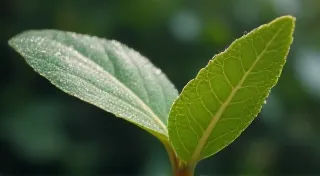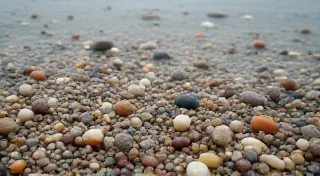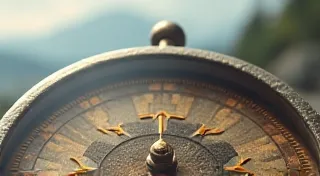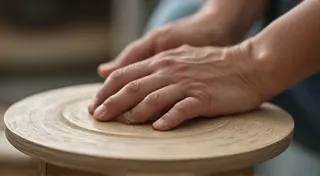The Collector’s Alchemy: Transforming Fragments into Narrative
There's a quiet reverence in the hands of a Victorian button collector. It's not merely the appreciation for a beautiful object, though beauty certainly plays a role. It’s a deeper connection – an attempt to grasp, however fleetingly, the lives and times reflected in these tiny, often overlooked fragments of the past. Each button is a whisper of a vanished era, a clue to a story long untold. The alchemy of collecting isn’t about accumulating; it's about transforming disparate objects into compelling narratives.
My own journey into Victorian button collecting began, predictably, with a curiosity sparked by a box found tucked away in my grandmother’s attic. Amongst faded photographs and yellowed letters, lay a small, tarnished tin. Inside, nestled on a bed of tissue paper, were dozens of buttons. Not the plastic, mass-produced buttons of my childhood, but intricate, hand-worked treasures. A jet black button, carved with an exquisite floral motif; a milky white mother-of-pearl button, shimmering with an ethereal glow; a sturdy horn button, bearing the faint markings of a military uniform. They were silent witnesses to a life I could only imagine.
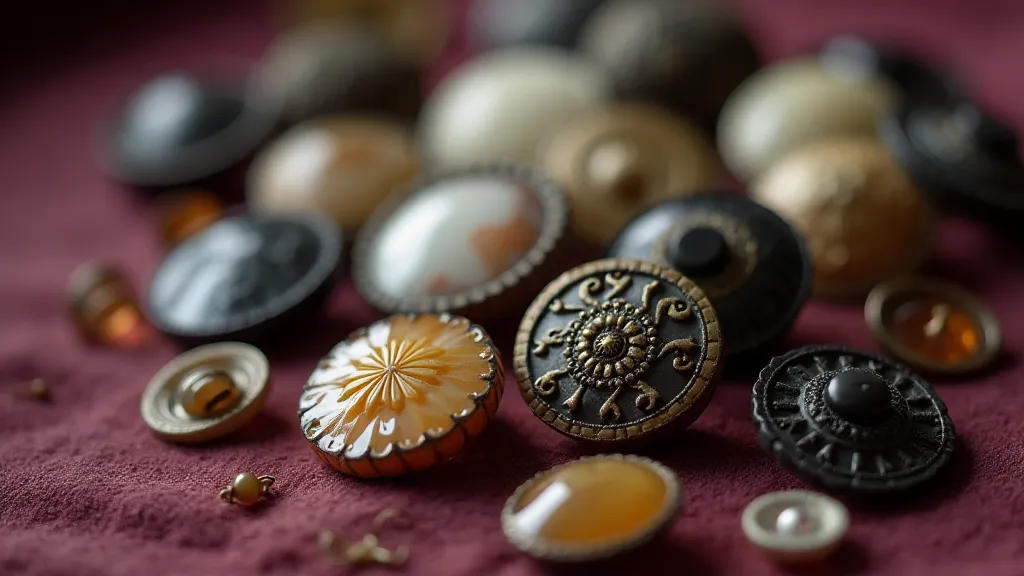
The Materials Speak: A Chronicle of Craftsmanship
The Victorian era (roughly 1837-1901) witnessed unprecedented industrial growth, but the beauty of hand-crafted objects remained highly valued. The materials used in button manufacturing provide a fascinating record of both technological advancements and social hierarchies. Horn buttons, derived from cattle horns, were a workhorse of the era, affordable and durable, frequently found on military uniforms and working-class clothing. Their manufacture involved a meticulous process – softening the horn, shaping it, and then carving the design. The skill of the carver is evident in the finer details, a testament to a dedication to craft that transcends mere functionality.
Mother-of-pearl buttons, harvested from oysters, represented luxury and refinement. The iridescent shimmer of the nacre was highly prized, adorning the garments of the upper classes. Their production was more complex, involving careful selection of shells, cutting, polishing, and often, intricate hand-painting. These buttons weren't simply fasteners; they were miniature works of art. Understanding the intricate patterns and meanings woven into these adornments often requires further study – exploring “Mother-of-Pearl's Iridescent Secret: Decoding the Language of Victorian Ornamentation” can provide a deeper understanding of the symbolism and artistry.
Jet buttons, crafted from fossilized wood, gained popularity during the mid-Victorian period, particularly after Prince Albert's death, when mourning became a widespread and elaborate practice. Their dark, somber beauty became synonymous with remembrance and grief. Their manufacture, though relatively straightforward, reflects a societal preoccupation with mourning traditions. Beyond just the materials themselves, understanding the context behind their use – and the changing landscape of Victorian industry – reveals a richer tapestry of the era. For those particularly interested in the decline of traditional crafting methods, exploring “The Ghostly Echoes of Horn: A Requiem for Forgotten Button Factories” offers a deeper dive into the lost artistry.
Unraveling the Threads: Historical Context and Button Design
Beyond the materials, the designs etched onto these tiny discs offer insights into Victorian tastes and trends. Floral motifs, inspired by the Romantic movement, were immensely popular. Military buttons, each bearing unique crests and markings, tell stories of regiments and campaigns. Patriotic designs, reflecting the era’s imperial ambitions, provide a window into Victorian geopolitics. Studying button design is akin to studying a visual lexicon of the Victorian era. The motifs themselves often held symbolic meanings, reflecting a complex system of Victorian social signals. Decoding these visual cues requires a keen eye and a deep appreciation for the era's aesthetic principles. For a more detailed examination of these designs and their significance, “The Grammar of Ornament: Decoding Button Design Motifs and Their Victorian Meanings” provides valuable insights into the layered symbolism woven into these seemingly simple objects.
The rise of early button factories, particularly in England and America, marked a significant shift in manufacturing techniques. While hand-carving remained prevalent for luxury buttons, machine-stamped designs became increasingly common for mass-produced garments. Early button catalogs, meticulously detailing the available designs and materials, are invaluable resources for collectors, providing a glimpse into the commercial landscape of the era. These catalogs reveal a constant innovation of designs, intended to appeal to a wide range of consumer tastes.
Consider the evolution of military buttons. The Crimean War (1853-1856) resulted in a flurry of new regiments and uniform designs, reflected in the proliferation of unique button crests. The Boer War (1899-1901) followed a similar pattern. Each button offers a tangible link to specific historical events and the individuals who lived through them. The very materials used often shifted as manufacturing processes evolved, leading to intriguing variations in appearance and durability.
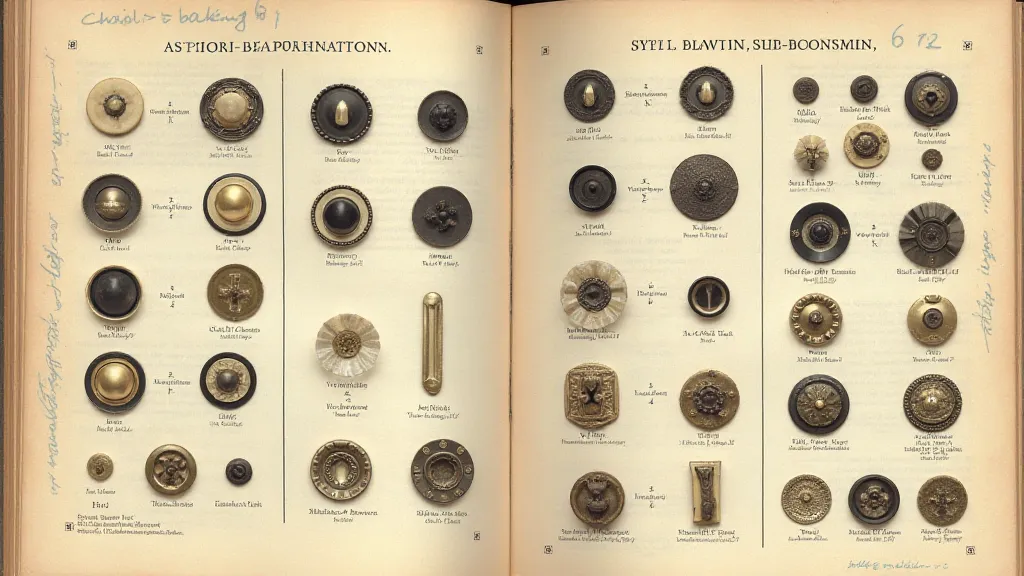
The Collector’s Responsibilities: Preservation and Research
Collecting Victorian buttons isn't solely about acquisition. It’s about stewardship. Preserving these fragile artifacts for future generations is a vital responsibility. Proper storage, away from direct sunlight and humidity, is essential. Gentle cleaning, using appropriate materials, can help restore their luster without causing damage. Avoid harsh chemicals or abrasive cleaners; a soft cloth and lukewarm water are often sufficient.
The true rewards of Victorian button collecting, however, come from the research. Tracing the history of a single button can be a surprisingly rewarding endeavor. Identifying the regiment associated with a military button, researching the manufacturer who produced a particular design, or uncovering the significance of a symbolic motif – these are the moments that truly bring the past to life. This process often requires consulting historical records, auction catalogs, and online forums dedicated to Victorian button collecting. The introduction of new plastics in the Victorian era also impacted button manufacturing; for those intrigued by the rise of materials like Vulcanite, further reading on “Vulcanite's Resilience: A Study of Early Plastic Buttons in the Victorian Era” provides a fascinating perspective.
Beyond the Fastener: Stories Embedded in the Small
My grandmother’s buttons, once simply a collection of objects, have become for me a portal to a vanished world. Each button sparks an image – a young soldier marching off to war, a lady attending a grand ball, a factory worker painstakingly crafting a garment. They are fragments of lives lived, stories waiting to be told.
The alchemy of collecting isn’t about possessing rare or expensive items. It’s about recognizing the inherent value in these small, often overlooked objects. It’s about transforming disparate fragments into compelling narratives. It's about appreciating the artistry, the craftsmanship, and the human stories embedded within each tiny disc. It's a quiet pursuit, filled with the promise of discovery and the enduring connection to the past. But what truly elevates button collecting is the ability to weave those individual pieces into a larger historical narrative – understanding how seemingly insignificant objects can illuminate broader societal trends and individual experiences. For those seeking to explore this wider context and the power of everyday objects to reveal untold stories, examining “The Silent Witnesses: Uncovering Stories Through Antique Button Collections” offers further inspiration and techniques for historical interpretation.
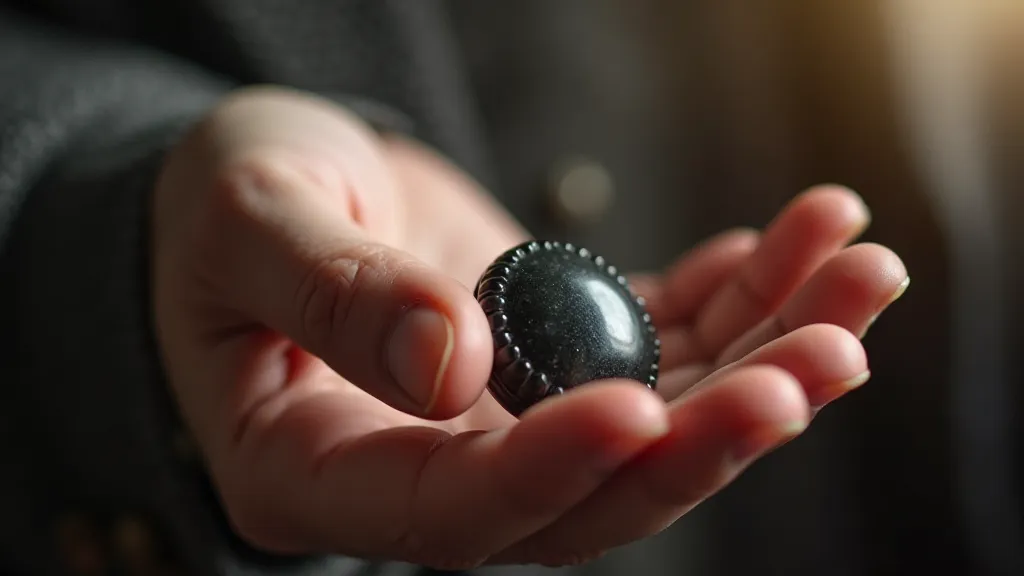
The Victorian era, a period of rapid change and unprecedented innovation, left behind a remarkable legacy – a collection of tangible artifacts that whisper tales of the past. These buttons, often overlooked and undervalued, serve as potent reminders of a time long gone. Their appeal lies not just in their beauty or rarity, but in their ability to connect us to the lives of those who came before. The journey of a collector isn’t merely about acquiring objects; it’s about understanding the stories they hold and preserving them for generations to come. The materials used – from the humble horn to the luxurious mother-of-pearl – tell a story of Victorian society and taste.
